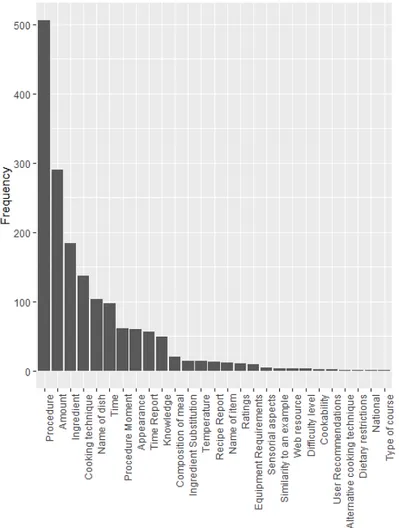Towards the Identification of Information Needs in Conversational Search Dialogues
Volltext
Abbildung


ÄHNLICHE DOKUMENTE
aircraft carriers have evolved into operational strike systems with outstanding global mobility but relatively limited tactical reach and persistence.” They argue that new types of
• The G20 growth strategy should move away from the current MAP focus on rebalancing global growth, and embrace a plan for lifting potential growth in all countries –
One should be aware that ranking based on the values of ASFs is likely to be different than a ranking which results from a sequence of m − 1 (where m denotes the number of
Check for stock pile, material type and determine the loading time Check for stock pile, material type and determine the loading time Check for stock pile, stock pile type,
Should all five peripheral countries no longer be able to pay their contributions to the ESM, its lending capacity would be reduced by about 35%, leading to an overall
€1,000 billion, as proposed recently by the OECD, would not be enough to deal with a full- blown crisis. Events in 2011 showed this clearly. Even France experienced market pressure
Flexible distributed thermal capacity emerge, back-up with heat storage; centralized flexible capacities need to provide secondary & tertiary
However, there is often a need to be listened to and heard; a need for victims’ perspec- tives about the crime’s bias motivation to be believed and taken seriously; a need to